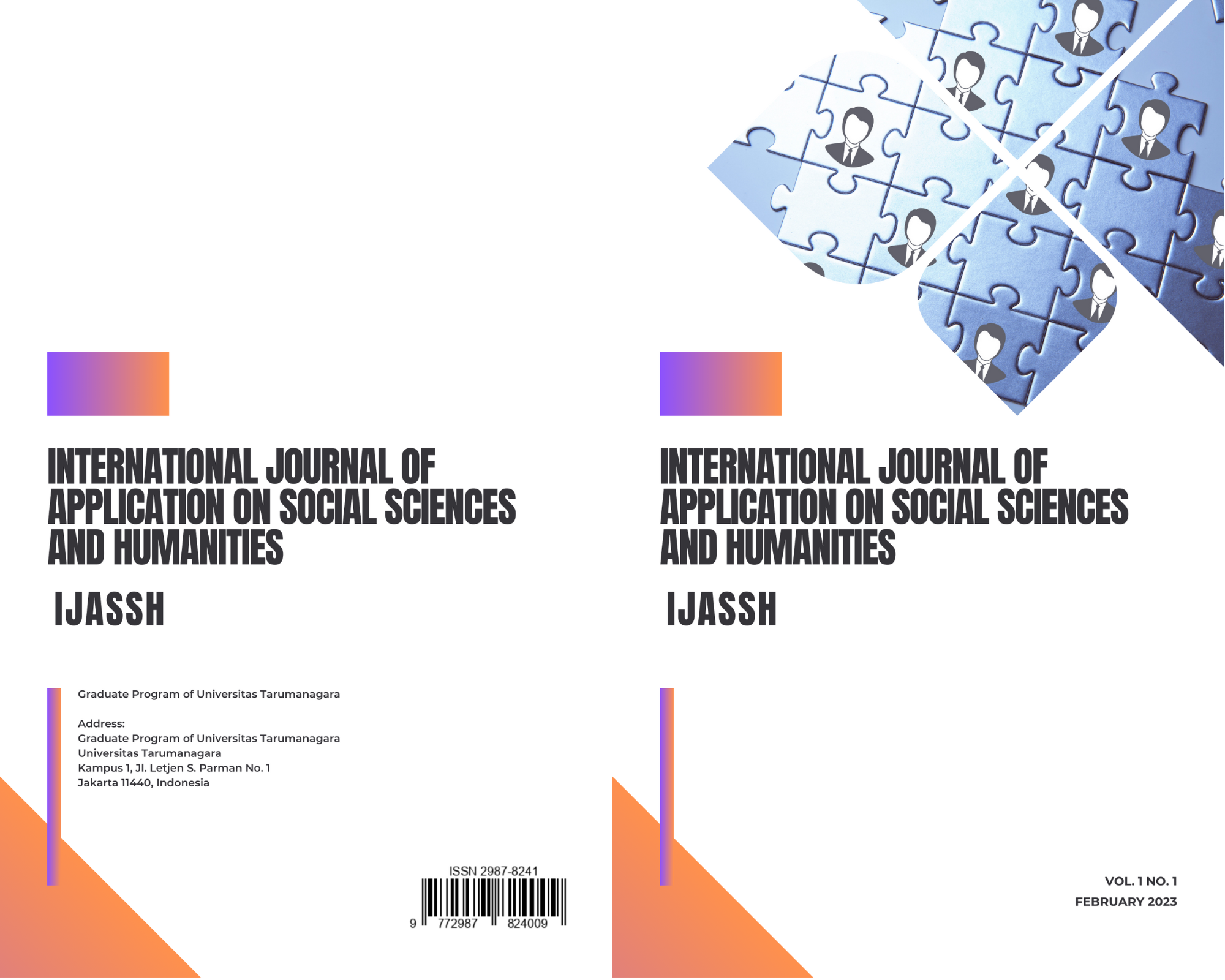METAPHORICAL APPROACH TOWARDS THE INTERIOR DESIGN OF KAMPUNG LANGIT, BALI
Main Article Content
Abstract
Kampung Langit is an educational tourist spot located on the top floor of The Keranjang, Bali. Kampung Langit is aimed for children where they can enjoy various educational activities related to Balinese culture as well as providing retail areas where visitors can shop for souvenirs and snacks. Kampung Langit is a 1600 meter square area with various activities in each corner. The renovated area is one of the retail areas for sweets products, such as candies, ice cream, marshmallows, cotton candy and many other kinds of sweets. The design process was carried out by using a two-stage design process pioneered by William M. Pena and descriptive analysis process was also done by literature study on the metaphorical approach towards architecture and interior design. In this interior retail project, tangible metaphor is implemented directly towards the visual aspect of the interior. This metaphorical approach can be seen in the interior elements of Kampung Langit which are created according to the original shape of the sweets which will be sold. Metaphorical approach is also used in determining the colors used in the design, which are pastel colors inspired from marshmallows. By using a metaphorical approach towards the interior design of Kampung Langit, additional selling and commercial value is present. Metaphorical approach on the interior design improves the selling and commercial value of Kampung Langit.
Article Details

This work is licensed under a Creative Commons Attribution-NonCommercial-ShareAlike 4.0 International License.
References
A. C. Antoniades, Poetics of Architecture: Theory of Design, John Wiley & Sons, 1992. ISBN: 978-0-471-28530-4
B. Bielefeld, Basics: Architectural Design, 1st ed., Birkhauser, 2013. ISBN-13: 978-3038215608
C. Chrystella, "Metaphoric Concept Implementation of Water Lily Towards 'Lilya' Luminaire Design," in 3rd Tarumanagara International Conference on the Applications of Social Sciences and Humanities (TICASH 2021), 2021. https://doi.org/10.2991/assehr.k.220404.016
D. F. M. Attia, "The Impact Of The Color Schemes In The Interior Design Of Some Groups Of Special Needs Children (Autism, Hyperactivity and Distraction)," International Journal Of Design And Fashion Studies, vol. 3, no. 1, pp. 6-9, 2020. doi: 10.21608/ijdfs.2020.180049
H. P. Casakin, "Assessing the Use of Metaphors in the Design Process," Environment and Planning B: Urban Analytics and City Science, vol. 33, no. 2, pp. 253-268, 2006. https://doi.org/10.1068/b3196
Hey et al, "Analogies And Metaphors In Creative Design," International Journal of Engineering Education, vol. 24, no. 2, pp. 283-294, 2008.
Primayudha et al, "Fungsi dan Makna Warna Pada Desain Interior Toko Bertema Anak," Jurnal Strategi Desain dan Inovasi Sosial, vol. 2, no. 1, 2020. http://dx.doi.org/10.37312/jsdis.v2i1.2346
R. Trocchianesi and M. Pirola, "Metaphorical spaces. The art used by designers to explore, experiment and express concepts of Interiors," The Design Journal: An International Journal for All Aspects of Design, vol. 20, pp. 261-272, 2017. https://doi.org/10.1080/14606925.2017.1352793
Trusmi Group, "Kampung Langit," trusmigroup.com, 2020. [Online].
Utami et al, "Aplikasi Metode Pemrograman William M Pena," 2011.
W. M. Peña and S. A. Parshall, Problem Seeking: An Architectural Programming Primer, 5th ed., Wiley, 2012. ISBN-13: 978-0471126201



